Brunello Cucinelli
Brunello Cucinelli is an Italian brand known for handcrafted luxury clothing and accessories. Shop our store for gently used Brunello Cucinelli menswear.
Showing all 9 results
-
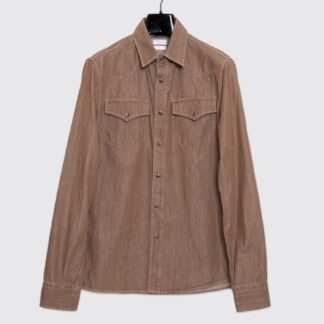
Brunello Cucinelli Western Shirt Size S Washed Brown Denim
$375.00 Add to cart -
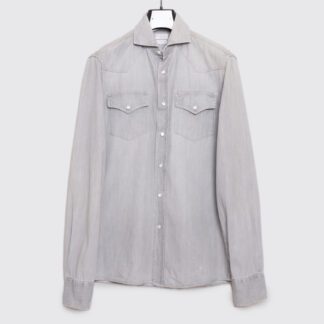
Brunello Cucinelli Western Shirt Size S Washed Gray Denim
$295.00 Add to cart -
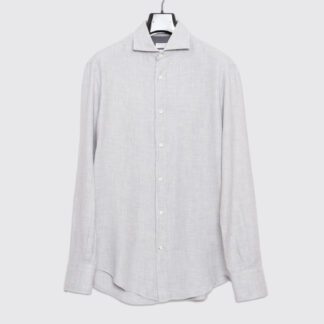
Brunello Cucinelli Shirt Size L Men Heather Gray Cotton Cashmere
$175.00 Add to cart -

Brunello Cucinelli F/W 2022 Size L Men Brown Leather Jacket
$1,595.00 Add to cart -
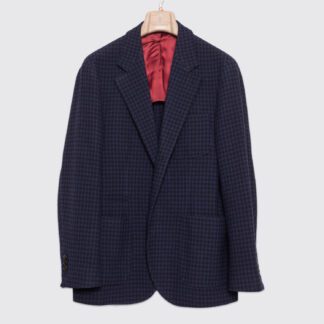
Brunello Cucinelli Jacket Size EU52 Navy Houndstooth Wool Silk
$725.00 Add to cart -
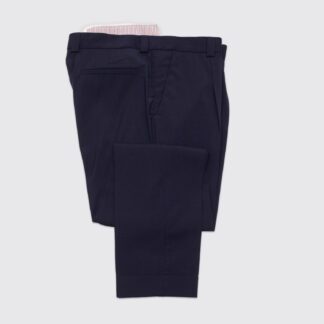
Brunello Cucinelli Pleated Pants EU50 Men Navy Wool Leisure Fit
$245.00 Add to cart -
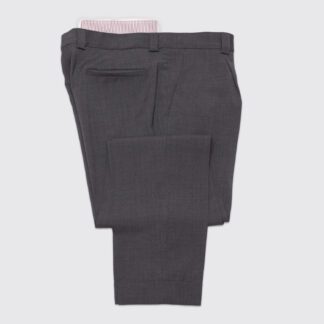
Brunello Cucinelli Pants EU50 Gray Wool Pleated Leisure Fit
$245.00 Add to cart -
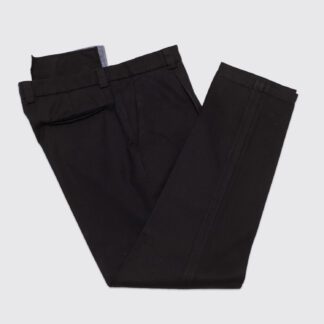
Brunello Cucinelli Pants EU50 Men Black Cotton Leisure Fit
$220.00 Add to cart -
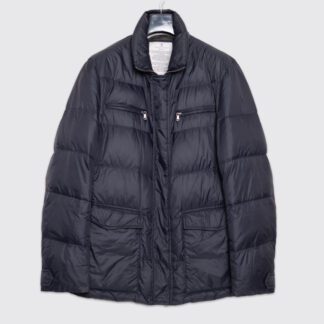
Brunello Cucinelli Men Size M Black Nylon Goose Down Jacket
$795.00 Add to cart
Showing all 9 results
